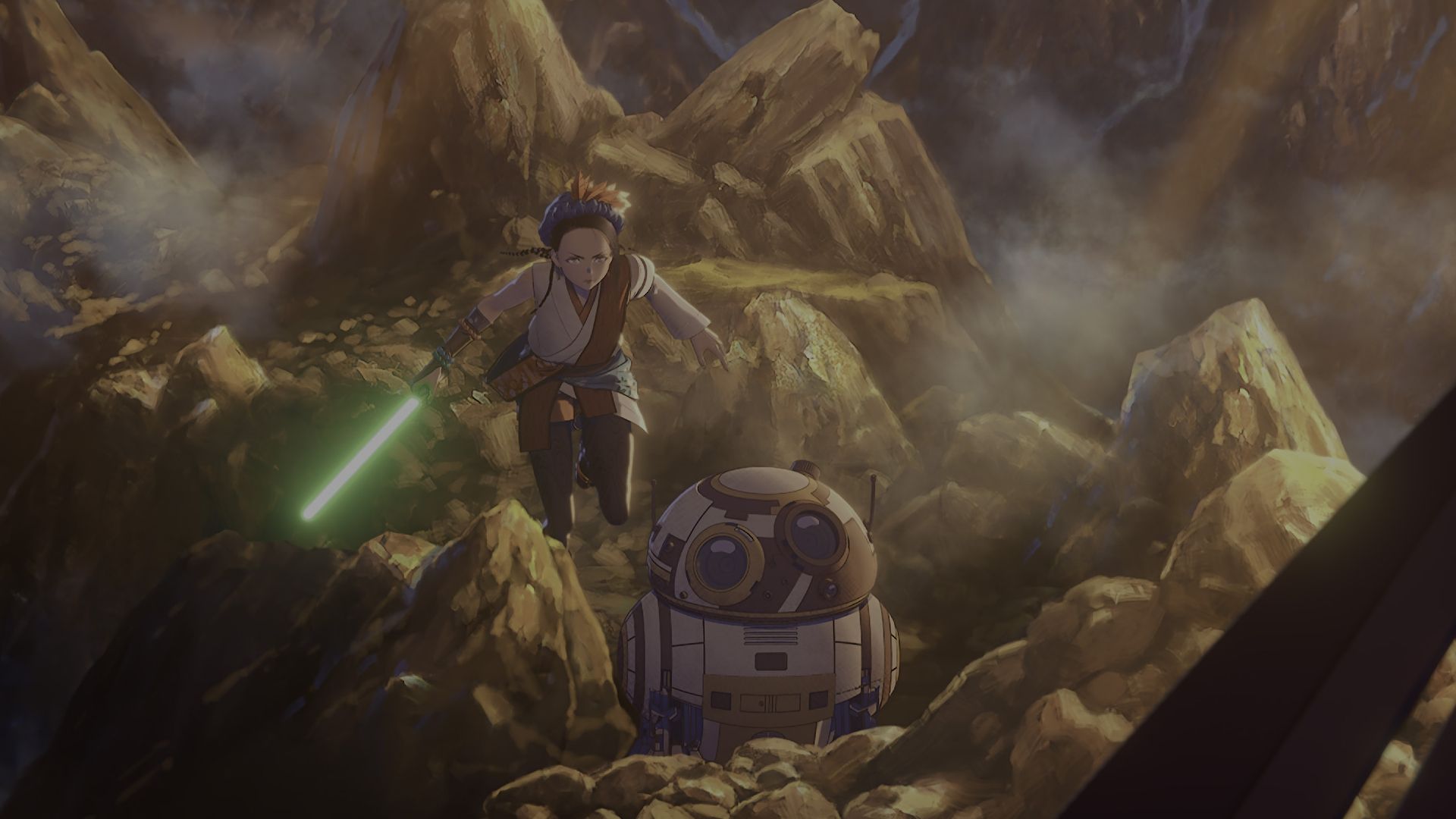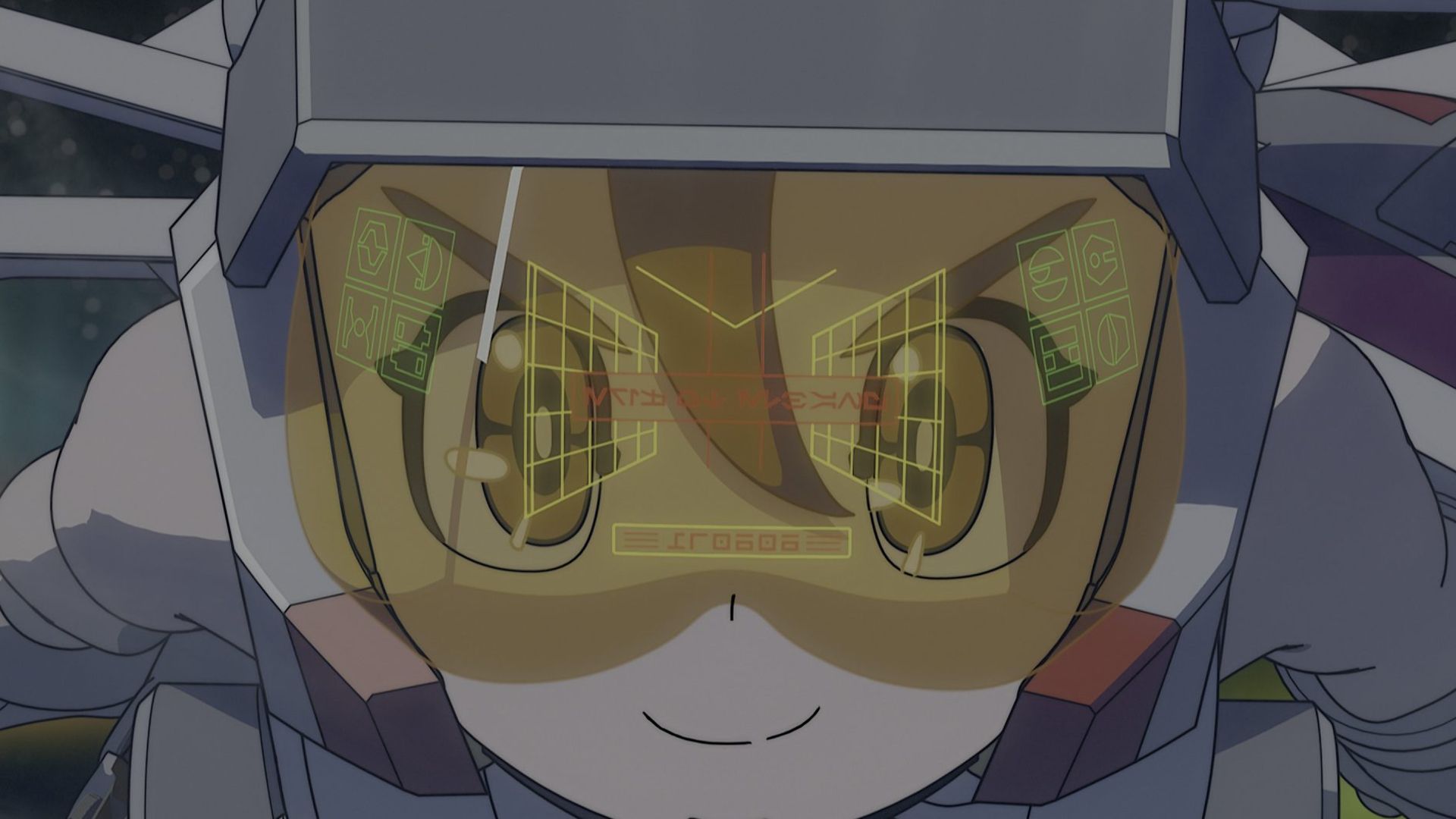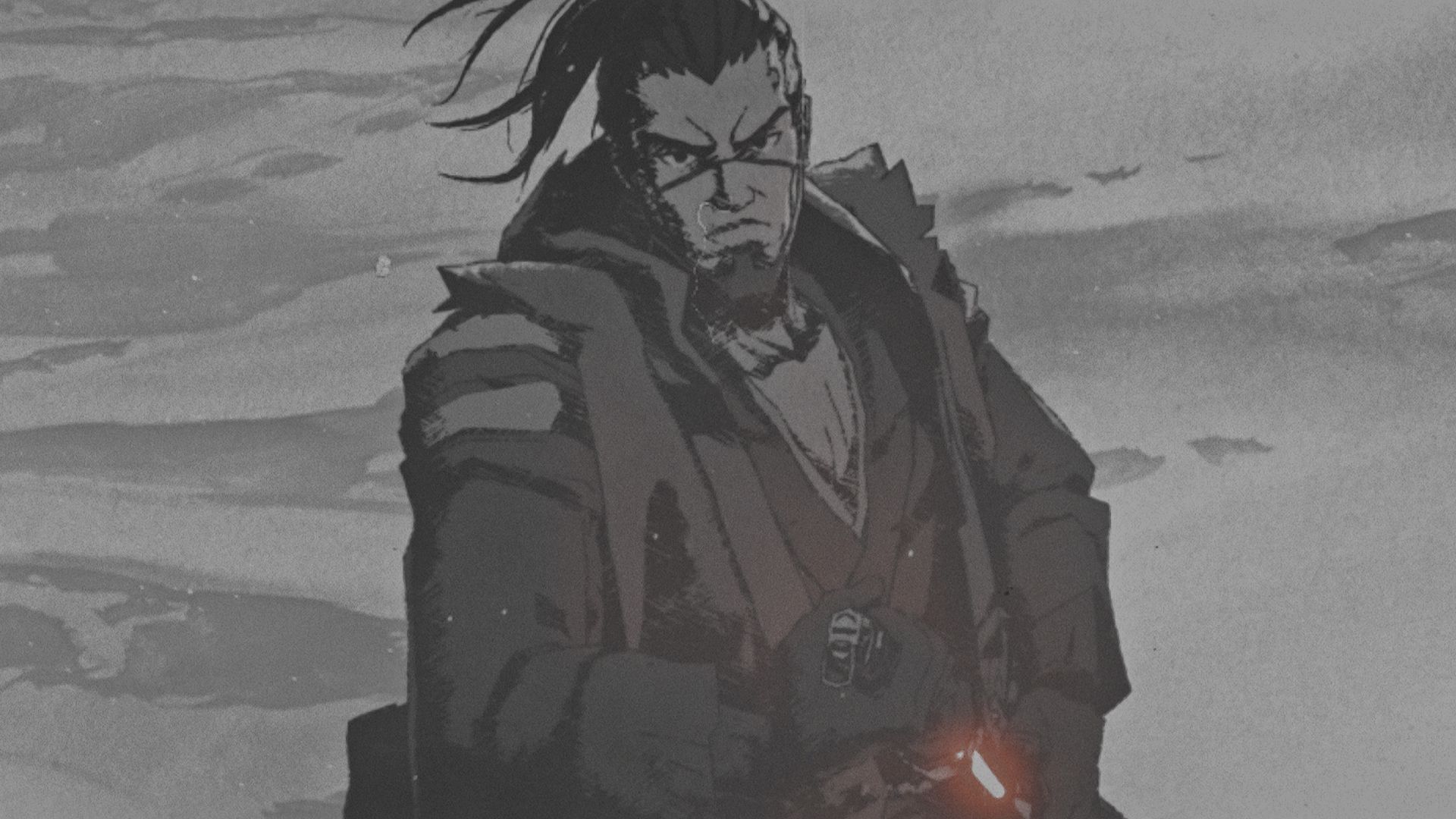
Over the past few years, while the Star Wars brand has grown, the quality of the storytelling itself has noticeably declined. Since Disney took over, much of the creativity and imaginative world-building that once defined Star Wars has disappeared. Attempts to explore new ideas are often cancelled or entrusted to people who don’t have a strong artistic direction, as seen in the disappointing The Rise of Skywalker. Disney seems to prefer sticking with safe, average content, like The Mandalorian. However, one consistently excellent piece of Star Wars storytelling from Disney has been the Visions anthology series.
Instead of repeatedly using the same stories and characters, Star Wars: Visions gives different animation studios the freedom to create their own unique stories within the Star Wars universe. Each volume lets these studios explore new ideas and characters, going beyond what fans are already familiar with. Plus, it’s a fantastic way to showcase animation, which truly seems to be the best way to experience Star Wars.
As a fan of animation shorts, I was really excited to see Visions Volume 3, and it delivers what I’ve come to expect from the series. Like the first volume, it focuses on commissioning work from talented Japanese animation studios. They’ve built on the success of Volume 2 – which broadened the scope to include international names like Aardman, Cartoon Saloon, and Triggerfish – by bringing back some fantastic studios from the original: Kamikaze Douga, Studio Trigger, Kinema Citrus, and Production I.G. But what’s really cool is the addition of some fresh faces this time around, including ANIMA, Project Studio Q, WIT STUDIO, Polygon Pictures, and david production. It’s a great mix of established and up-and-coming talent.
Volume 3 of Visions is arguably its strongest installment so far, with all nine shorts being genuinely worthwhile. Even the weaker episodes still offer moments of beauty. In Tadahiro Yoshira’s short, “The Bird of Paradise,” the inner struggles of a Jedi are depicted with stunning, vibrant 3DCG animation. The colorful visuals, present in both quiet and action-packed scenes, help distract from some issues with the story’s pace and writing.

Disney+
While the Visions shorts often lean too heavily on Jedi characters, it’s great to see that each returning animation studio has improved its skills and storytelling. Masahiko Otsuka of Studio Trigger, who directed a weaker episode in Volume 1, returns with a completely new story about a smuggler. This new short, “The Smuggler,” features well-animated action and a much better pace than his previous work, making it feel like a promising start to a potential series.
Production I.G’s “The Ninth Jedi: Child of Hope” is one of the follow-up stories, continuing the adventure of the young Jedi, Kara, as she embarks on a journey of her own. It feels very much like a classic Star Wars movie – hitting all the familiar story points quickly – but the appealing characters and their interactions make it enjoyable. The same is true for the two original shorts, “The Song of Four Wings” from Project Studio Q and “The Bounty Hunters” by WIT Studio. Both are entertaining, and while their stories are predictable, they make up for it with exciting action. “Four Wings” is particularly impressive, featuring a lengthy battle with an AT-AT that’s as visually stunning as anything you’d see in a mecha anime.
Now that we’ve covered the first five shorts, let’s talk about the four best from Volume 3 of Visions—two are continuations of previous stories, and two are brand new. Kinema Citrus Co. created two of these standout films: “Yuko’s Treasure” and “The Lost Ones.” Directed by Masaki Yachibana, “Yuko’s Treasure” feels like Volume 1’s “T0-B1” and “Tatooine Rhapsody”—it captures the same sense of innocent wonder that made Star Wars so special. This isn’t just because the story centers around children and a droid escaping pirates, but also because it expertly mixes playful designs and humor with the harsh realities of growing up on Tatooine.
“The Lost Ones” is just as impressive as the earlier short film, “The Village Bride,” both directed by Hitoshi Haga. What sets these films apart is their focus on creating a rich world rather than telling a simple story. Each one offers a unique look at life beyond the typical adventures of a Jedi. While “The Lost Ones” does feature a classic conflict between good and evil, Haga is clearly more interested in the people living on the fringes of this ongoing war. Building on the themes of “The Village Bride,” which explored how war disrupts traditions, this second short examines how planets are damaged by resource extraction, the effects of propaganda on children, and the challenges a Jedi faces in helping others without mirroring the actions of their enemies.

Disney+
The second installment, “The Duel: Payback,” continues the compelling alternate history started in Volume 1, brought to life once again by Takanobu Mizuno. Both stories clearly draw inspiration from classic Japanese films – the same ones that influenced George Lucas – and even mimic the look of older movies with simulated scratches and stunning black-and-white visuals. (It’s a great example of what the creators of Ghost of Tsushima’s “Kurosawa Mode” should have aimed for, rather than just a grey filter.) However, “Payback” isn’t just a repeat of what came before; it expertly expands on “The Duel,” adding more action – including fights beyond guns and swords, which still stand out beautifully against the monochrome palette – and developing the story with new characters.
The show features wonderfully creative characters and action sequences, cleverly mixing science fiction elements with a feudal setting. It might even be the thing that finally makes the Ewoks seem genuinely awesome – everyone in this world is compelling! While some episodes, like “The Lost Ones” and “The Village Bride,” offer a glimpse into different communities, others, such as “The Duel” and “Payback,” put you right in the middle of the action.
Shinya Ohira’s short film, “BLACK,” is likely to spark strong reactions. Its experimental style, reminiscent of avant-garde jazz and animation, might not appeal to everyone, but it’s arguably the most innovative animated piece Disney has produced in a long time. Just as Walt Disney once explored surrealism and sound in films like Fantasia and The Three Caballeros, Ohira’s short immerses the audience in a powerfully sensory experience. It’s difficult to put into words how effectively the animation pulls you into the troubled mind of someone affected by war, conveying feelings of horror, brutality, but also hope and resilience. “BLACK” is the kind of unique and imaginative work we should be seeking in animated anthologies, and it stands in stark contrast to the more traditional shorts that preceded it.
It’s fantastic that we continue to receive nine new animated Star Wars shorts every couple of years, and it’s even better that Disney gives the creators a lot of freedom to experiment with the Star Wars universe, even if these stories aren’t considered official canon. The fact that four of these shorts – one sequel and three original stories – are truly excellent films, not just good Star Wars content, is remarkable. Disney should definitely continue funding these kinds of projects, as shorts are a great way to showcase new and diverse talent. Hopefully, we’ll continue to get these animated stories from studios around the world every other year.
Read More
- Clash Royale Best Boss Bandit Champion decks
- Brawl Stars December 2025 Brawl Talk: Two New Brawlers, Buffie, Vault, New Skins, Game Modes, and more
- Best Hero Card Decks in Clash Royale
- Clash Royale December 2025: Events, Challenges, Tournaments, and Rewards
- Call of Duty Mobile: DMZ Recon Guide: Overview, How to Play, Progression, and more
- Best Arena 9 Decks in Clast Royale
- Clash Royale Witch Evolution best decks guide
- All Boss Weaknesses in Elden Ring Nightreign
- Brawl Stars December 2025 Brawl Talk: Two New Brawlers, Buffie, Vault, New Skins, Game Modes, and more
- Deneme Bonusu Veren Siteler – En Gvenilir Bahis Siteleri 2025.4338
2025-10-29 10:19